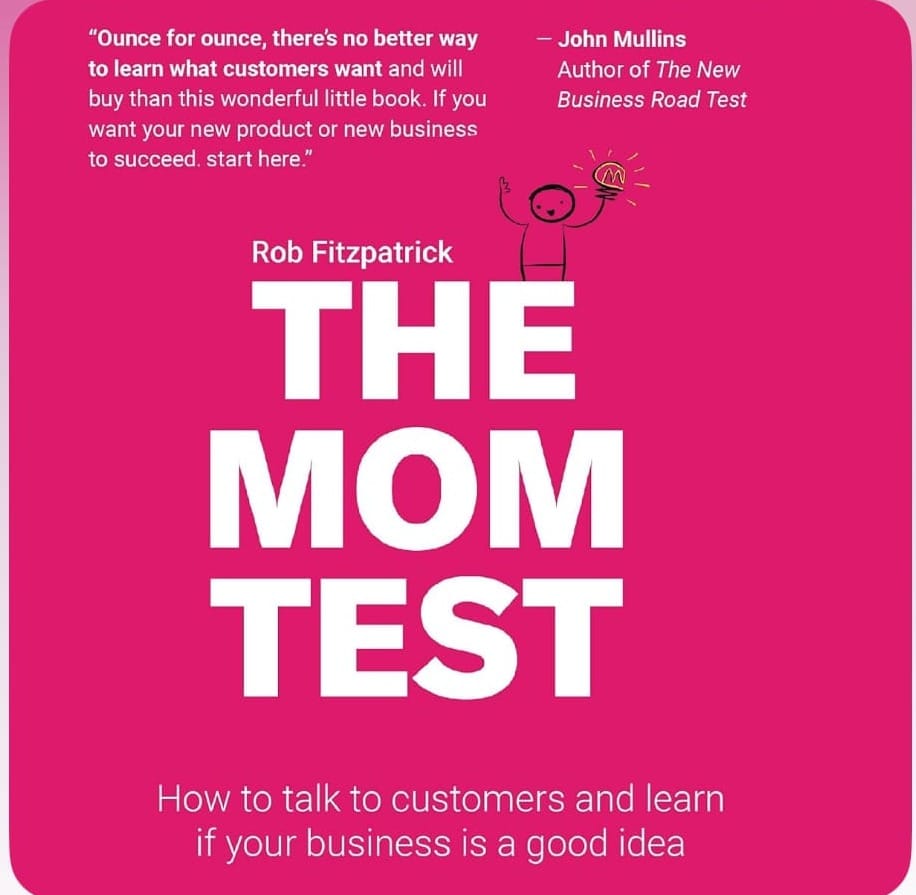Recently, I had the chance to read Invisible Women by Caroline Criado Perez, and it left me with plenty to think about. Let me clarify right away: this book isn’t an aggressive feminist manifesto, nor is it anti-male or some kind of gender rebellion. It’s a book grounded in data science, which makes it a deep and insightful, albeit heavy, read. Those who have a knack for critical thinking or enjoy analyzing data are likely to find this book especially engaging.
The heart of the issue: unconscious bias in research
The book’s main focus is on unconscious bias. About half of it deals with the bias that creeps into studies, research, and statistics—often without anyone realizing it. For instance, in areas like medical research and car safety testing, studies have traditionally been based on male bodies, overlooking the significant biological differences between men and women. This is not about an intentional disregard but a deeply rooted bias that leads to women’s bodies, needs, and realities being sidelined.
A compelling example is the recurring narrative in archaeological studies, which often presents prehistoric men as hunters and women as gatherers. However, studies now reveal that women were just as involved in hunting, sometimes even more so than men. Yet, due to the bias of early researchers, this narrative was built on assumptions rather than facts. It was published, cited, and eventually became accepted as truth—a classic case of bias turning into an avalanche, with the original inaccuracies buried in a pile of citations.
Health research: the complexity of women’s hormonal systems
One of the most striking points for me was how women’s health research has been compromised due to oversimplified methods. For years, researchers focused on male bodies because women’s hormonal fluctuations were deemed “too complicated” for the available technology at the time. Research done on men was then cited in further studies, leading to decades of medical research that, to a large extent, isn’t entirely relevant to women. The consequence? Women become “invisible” in the data and, as a result, in medical care.
One particularly eye-opening point in Invisible Women is about how heart attacks manifest differently in women and how these differences often lead to misdiagnosis. Traditionally, heart attack symptoms like severe chest pain and radiating pain down the left arm have been associated with men. However, women often experience more subtle signs: symptoms like nausea, fatigue, shortness of breath, or even pain in the neck, jaw, or back. These symptoms are less obvious, don’t fit the “classic” profile, and are often overlooked as anxiety or minor discomfort. Due to this, women experiencing a heart attack are frequently sent home or misdiagnosed, leading to delayed or ineffective treatment.
The consequences of this bias in medical understanding are severe.
Research shows that women are twice as likely to die from heart attacks than men because their symptoms go unrecognized until it’s too late.
This isn’t due to a lack of care but a lack of awareness and data and not effective treatment.
Historically, cardiovascular treatments and medications were predominantly tested on male animals, as researchers avoided using female animals due to their “complicated” hormonal systems. Female animals were considered “too hormonal” for controlled studies, so their reactions to treatments were often ignored. This skewed approach has resulted in treatment protocols and medication effects that don’t account for the differences in women’s cardiovascular health. Invisible Women highlights how critical it is to have gender-inclusive data, especially in life-or-death areas like healthcare.
The impact of invisible bias in everyday life:
The book gives another interesting example about snow-clearing schedules in Sweden. Traditionally, the streets used by cars received priority, but pedestrian paths and public transport stops—often used more by women, particularly those managing family duties—were not given the same consideration. The unintended consequence of this decision was increased risks for women in icy conditions. Since men had largely created this system, they hadn’t considered the different needs of women, which led to these oversight issues.
This book resonated with me on a professional level as well. When I audit companies, I frequently hear statements like, “We have gender equality—50% of our workforce is women.” But when I look deeper, I often find that the women are clustered in low-level or high-attention, low-pay positions on manufacturing floors, while men hold nearly all of the decision-making roles. Finance and HR departments may have female leaders, but the people who make strategic and budgetary decisions are typically men.
True gender equality goes beyond simply counting women on the payroll. It requires considering representation across all levels, especially among decision-makers. Without this, companies are merely glossing over the issues while the underlying gender biases remain unaddressed
Final thoughts
Invisible Women sheds light on the subtle, often unnoticed ways that women become “invisible” through biased data and overlooked perspectives. It serves as a reminder that, while we might not set out to create these biases, they can have real consequences on everything from healthcare to workplace dynamics. For anyone interested in data, policy, or simply understanding the world in a new light, this book is a must-read.








